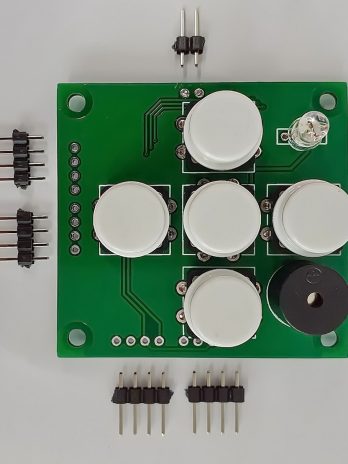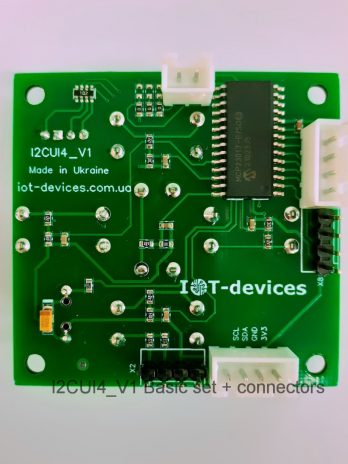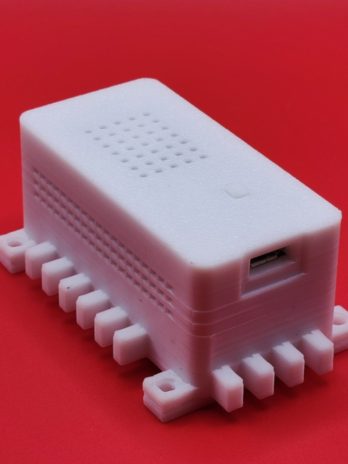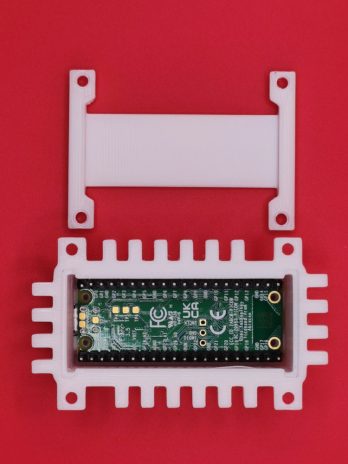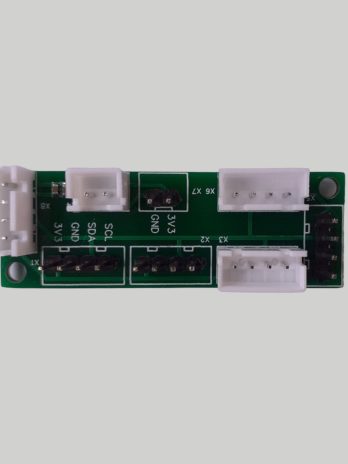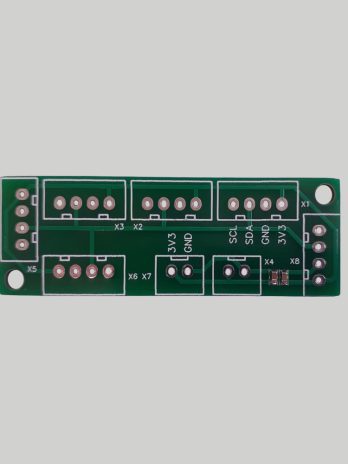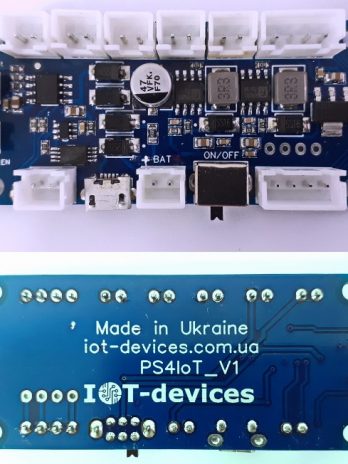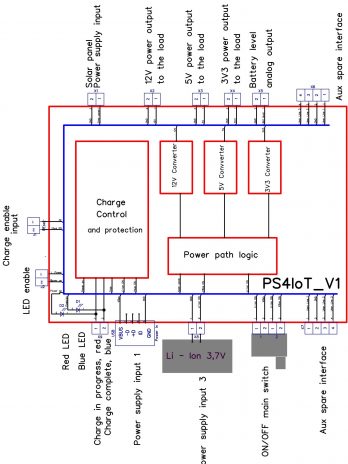-
- Accessories, Control, Developed and manufactured in Ukraine, Do it yourself, Hardware modules
I2CUI4_V1 user interface – I2C module with 5-key keyboard
- 889грн. 1381грн.Price range: 889грн. through 1381грн.
- I2CUI4_V1 module - user Interface I2C keypad with 5-keys, RGB-LED and buzzer for on premise IoT device management. Compatible with ARDUINO, ESP12.OLED_V1 controllers, NodeMCU board (based on ESP8266-12), modules on the ESP8266EX, ESP32 or other chip, which are powered by a voltage in the range from 1.8 to 5.5 V. Functionality The module connects to the main controller via a…
- Select options This product has multiple variants. The options may be chosen on the product page
-
- Accessories, Cases, Controllers, Developed and manufactured in Ukraine
Plastic case ICL_RPIPW_ST_V1 for Raspberry Pi Pico W controllers with straight pin headers
- 373грн.
- Plastic case with passive ventilation and Dupont cable management system for the popular Raspberry Pi Pico W devboard released in 2022 with straight pin headers and micro-USB connector.
- Add to cart
-
- Accessories, Developed and manufactured in Ukraine, Do it yourself, Hardware modules
The I2CHUB_V1 module – an I2C bus interfaces splitter
- 259грн.
- The offered device I2CHUB_V1 - splitter and converter of interface connector types in one module. The I2CHUB module will be useful for: Creating prototypes of electronic devices with a large number of connected modules via the I2C bus, which, traditionally for Arduino, are connected to the system by cables with pin connectors from Dupont, JST, or others with a pin-to-pin…
- Add to cart
-
- Out of Stock
- Accessories, Developed and manufactured in Ukraine, Do it yourself, Hardware modules, Power supply
The PS4IoT Smart Power Module
- 1120грн. 1845грн.Price range: 1120грн. through 1845грн.
- PS4IoT is an uninterruptible power supply module with battery charging and protection, for building smart devices with power paths' redundancy, with 3.0 to 6 volts and 3V3, 5V or 12V output voltages, with total power up to 5 watts. The module is designed for use in electronic devices based on any microcontroller platform, such as ESP8266, ESP32, Arduino, STM32, and…
- Select options This product has multiple variants. The options may be chosen on the product page
-
